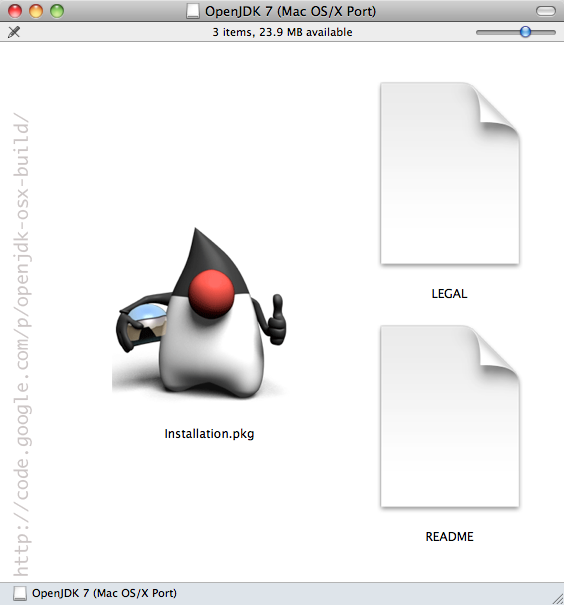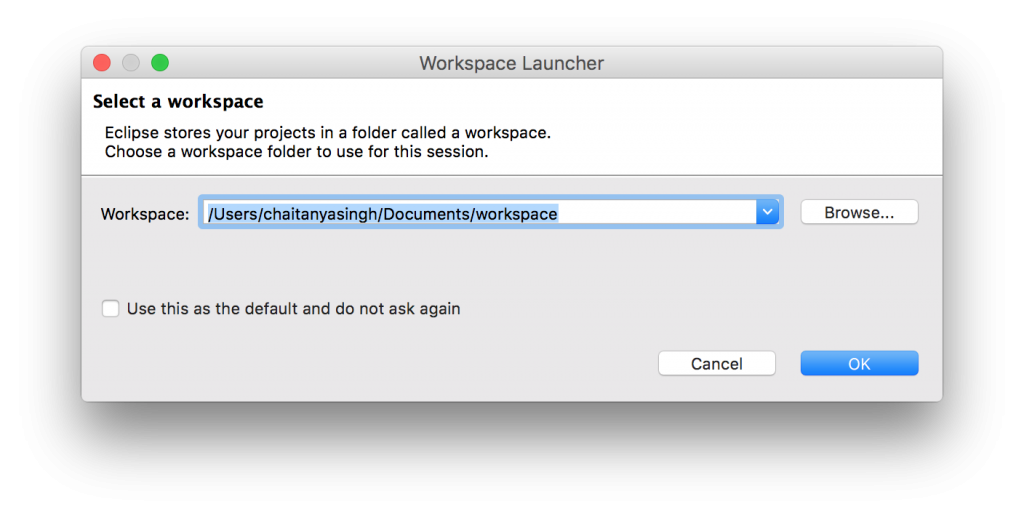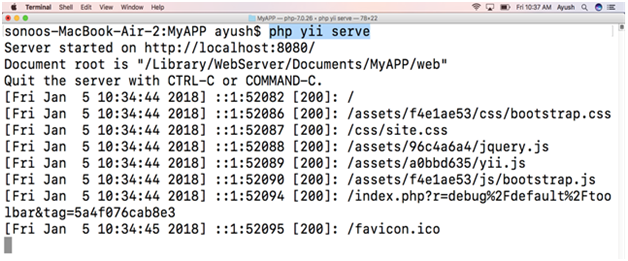

- #INSTALL OPENJDK MAC HOW TO#
- #INSTALL OPENJDK MAC INSTALL#
- #INSTALL OPENJDK MAC FULL#
- #INSTALL OPENJDK MAC SOFTWARE#
- #INSTALL OPENJDK MAC CODE#
#INSTALL OPENJDK MAC INSTALL#
Note: In order to install Oracle Java, you will need to go to the Oracle Java Downloads Page, accept the license agreement, and copy the download link of the appropriate Linux x86. However, after this, running java programs will still use the OpenJDK 1.8.0 version that you installed earlier by default, which you can confirm by running java -version again:
#INSTALL OPENJDK MAC FULL#
Java-17-openjdk-headless x86_64 1:17.0.2.0.8-4.el8_5 appstream 41 MĪs before, you can install the full JDK environment by appending -devel to the package name. OutputLast metadata expiration check: 0:03:36 ago on Tue 05:42:44 PM UTC. For example, in order to install OpenJDK 17, you can yum install java-17-openjdk:


In order to install a newer version of OpenJDK, you can specify the version number in the package name, just like with 1.8.0. More recently, OpenJDK changed its version numbering scheme to track more closely with Oracle Java releases. Step 2 – Installing Other OpenJDK Releases In the next section, you’ll install and manage other versions of Java.
#INSTALL OPENJDK MAC SOFTWARE#
Java-1.8.0-openjdk-devel x86_64 1:1.8.0.8_5 appstream 9.8 MĪfter installing this package, you should have a full OpenJDK environment which can compile and run any Java software that does not have specific version incompatibilities. OutputDigitalOcean Droplet Agent 63 kB/s | 3.3 kB 00:00 As you can see from this output, as of this writing, that is java-1.8.0-openjdk: To install the OpenJDK using yum, you can run sudo yum install java:īy default, trying to install java without specifying a version will resolve to the most common stable version of the OpenJDK JRE. yum is the default package manager for distributions that use RPM packages.
#INSTALL OPENJDK MAC HOW TO#
This section will show you how to install the prebuilt OpenJDK JRE and JDK packages using the yum package manager. With that in mind, try to only install the version of Java that you need to run or develop your application(s). You may install various versions and releases of Java on a single system, but most people only need one installation. Most Java applications will work fine with either but you should use whichever implementation your software calls for.
#INSTALL OPENJDK MAC CODE#
Both implementations are based largely on the same code but OpenJDK, the reference implementation of Java, is fully open source while Oracle Java contains some proprietary code. There are also two different implementations of Java: OpenJDK and Oracle Java. The JDK includes the JRE as well as other software that is required for writing, developing, and compiling Java applications and applets. JRE is an implementation of the Java Virtual Machine (JVM), which allows you to run compiled Java applications and applets. There are two different Java SE packages that can be installed: the Java Runtime Environment (JRE) and the Java Development Kit (JDK). Almost all open source Java software is designed to run with Java SE. This tutorial is focused on Java SE (Java Platform, Standard Edition). There are three different editions of the Java Platform: Standard Edition (SE), Enterprise Edition (EE), and Micro Edition (ME). You will be able to run the commands in this tutorial in a Rocky Linux 8 environment. If you would like to experiment with installing Java using a terminal running in your browser, click the following Launch an Interactive Terminal! button. You can learn how to configure a regular user account by following the steps in our initial server setup guide for Rocky Linux 8. Prerequisitesīefore you begin this guide, you should have a regular, non-root user with sudo privileges configured on your server – this is the user that you should log in to your server as. This tutorial covers installing the latest, default version of Java, as well as cherry-picking any older versions for installation, and switching between multiple versions in your environment as needed. Java is a popular programming language and software platform that allows you to run many server-side applications. This tutorial will show you how to install Java on current versions of RPM-based Linux distributions: Red Hat Enterprise Linux, CentOS, Fedora, and Rocky Linux.


 0 kommentar(er)
0 kommentar(er)
